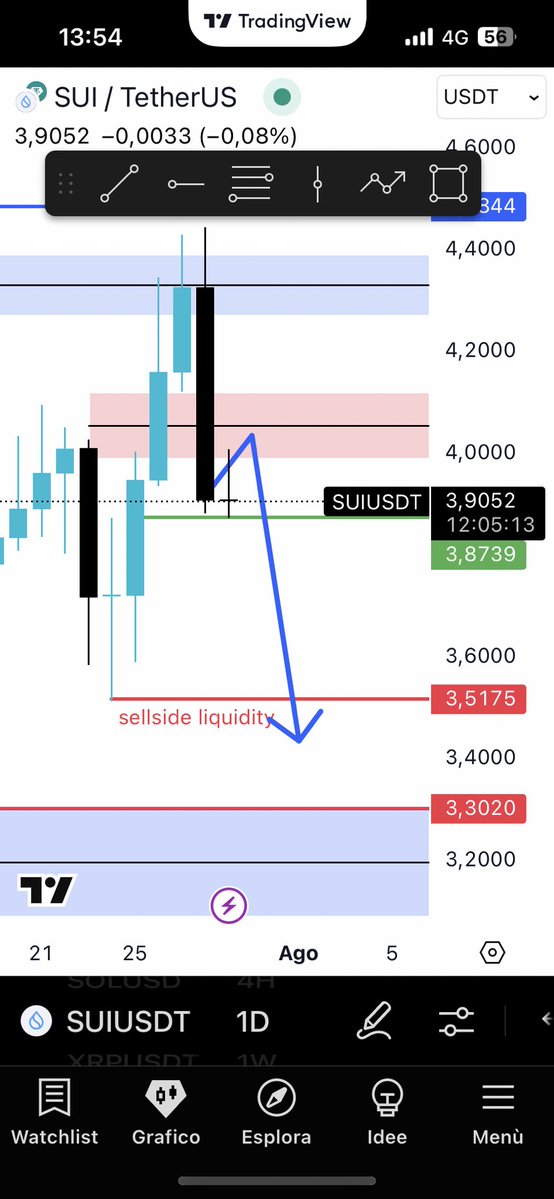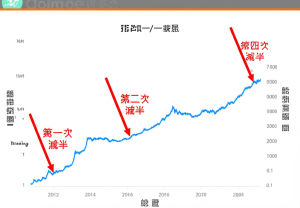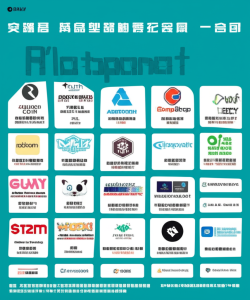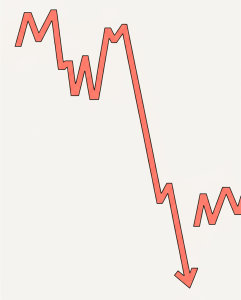
Cryptocurrency Trends and Market Analysis in 2025
The Evolving Landscape of Cryptocurrency
Cryptocurrency has come a long way since the inception of Bitcoin in 2009. Today, it’s a dynamic and ever-evolving landscape filled with opportunities and challenges. As we delve into 2025, the crypto world is buzzing with new trends, innovative technologies, and shifting market dynamics. Whether you’re a seasoned trader or a new learner, understanding these trends is crucial for navigating the crypto market successfully.
The Rise of Stablecoins and Memecoins
Stablecoins: The Steady Hand in Volatile Markets
Stablecoins have emerged as a vital component of the cryptocurrency ecosystem. These digital assets are designed to minimize price volatility by pegging their value to a reserve of assets, such as fiat currencies or commodities. Stablecoins like Tether (USDT) and USD Coin (USDC) have gained significant traction, offering a stable medium of exchange and a store of value in the volatile crypto market. They are particularly useful for traders looking to hedge against market fluctuations and for institutions seeking to enter the crypto space without the risks associated with high volatility.
Memecoins: The Wildcards of Crypto
On the other end of the spectrum are memecoins, which have captured the imagination of the crypto community with their viral potential and speculative appeal. Coins like Dogecoin and Shiba Inu have seen meteoric rises and dramatic falls, driven largely by social media hype and celebrity endorsements. While memecoins can offer substantial short-term gains, they are also notorious for their extreme volatility and lack of intrinsic value. For traders, memecoins represent both a high-risk, high-reward opportunity and a cautionary tale about the dangers of FOMO (Fear Of Missing Out) in the crypto market.
Technical Analysis Indicators: The Tools of the Trade
Understanding Technical Analysis
Technical analysis is the bedrock of many trading strategies in the crypto market. It involves studying historical price data and trading volumes to identify patterns and trends that can predict future price movements. Tools like moving averages, Relative Strength Index (RSI), and Bollinger Bands are commonly used by traders to make informed decisions.
The Ichimoku Cloud: A Comprehensive Tool
One of the more sophisticated technical analysis tools gaining popularity is the Ichimoku Cloud. This indicator provides a comprehensive view of the market by combining multiple data points into a single chart. It helps traders identify support and resistance levels, trend direction, and potential reversal points. As noted by Dynamite trader, the total cryptocurrency market cap is currently attempting to break out of a descending channel pattern and the Ichimoku Cloud barrier, which could signal a bullish shift if successful[1].
The Role of AI and Machine Learning
AI-Driven Trading Platforms
Artificial Intelligence (AI) and machine learning are revolutionizing the way we approach cryptocurrency trading. AI-driven platforms like GameTy use reinforcement learning to automate trading strategies, making them more efficient and adaptive to market changes. These platforms can analyze vast amounts of data in real-time, identifying patterns and opportunities that human traders might miss. The partnership between GameTy and Cointel Service is a testament to the growing integration of AI in the crypto trading ecosystem[2].
Expert Analysis and AI Tools
AI is not just limited to automated trading. It also plays a crucial role in providing expert analysis and trading signals. Platforms like WEEX are leveraging AI to stay ahead of the curve, offering cutting-edge features that help traders make more informed decisions. These tools can analyze market trends, predict price movements, and even provide personalized trading strategies based on individual risk profiles.
The Importance of Due Diligence
DYOR: The Golden Rule
In the world of cryptocurrency, the acronym DYOR (Do Your Own Research) is often repeated. This is because the crypto market is highly speculative and prone to scams and misinformation. Whether you’re a professional trader or a new learner, conducting thorough research is essential. This includes understanding the fundamentals of the coins you’re investing in, staying updated with market news, and being wary of hype-driven investments.
The BitBoy Controversy
The story of BitBoy, better known as Ben Armstrong, serves as a cautionary tale in the crypto world. Once a towering figure with millions of followers, BitBoy’s influence waned amid controversies and legal issues. His rise and fall highlight the importance of credibility and transparency in the crypto space. As traders, it’s crucial to follow reputable sources and experts who prioritize integrity and accuracy in their analysis[3].
The Future of Cryptocurrency Trading
Embracing Innovation
The future of cryptocurrency trading is bright, with continuous innovation and technological advancements. From AI-driven trading platforms to sophisticated technical analysis tools, the crypto market is evolving rapidly. Traders who stay informed and adapt to these changes will be better positioned to capitalize on the opportunities that arise.
The Need for Education and Awareness
However, with great opportunity comes great risk. The crypto market is notoriously volatile and can be challenging to navigate, especially for newcomers. Education and awareness are key to mitigating these risks. Platforms that offer comprehensive trading courses, expert analysis, and community support can play a significant role in empowering traders to make informed decisions.
Conclusion: Navigating the Crypto Frontier
The world of cryptocurrency is a dynamic and exciting frontier, filled with opportunities and challenges. From stablecoins and memecoins to advanced technical analysis tools and AI-driven platforms, the crypto market is evolving at a rapid pace. As traders, it’s essential to stay informed, conduct thorough research, and embrace innovation. By doing so, we can navigate the crypto frontier with confidence and success.
—
References







